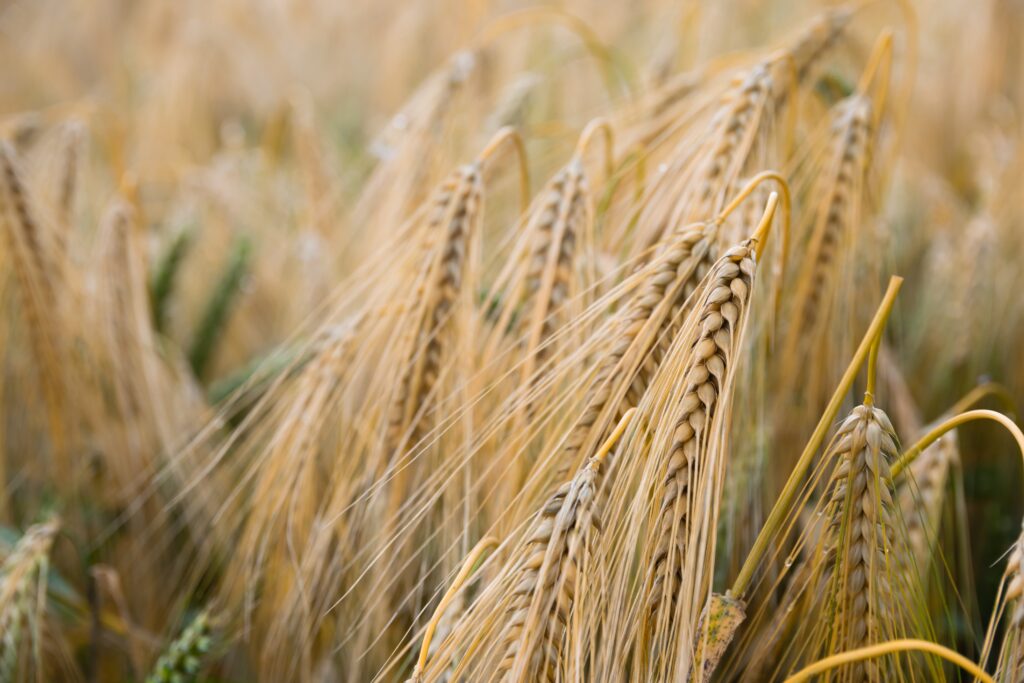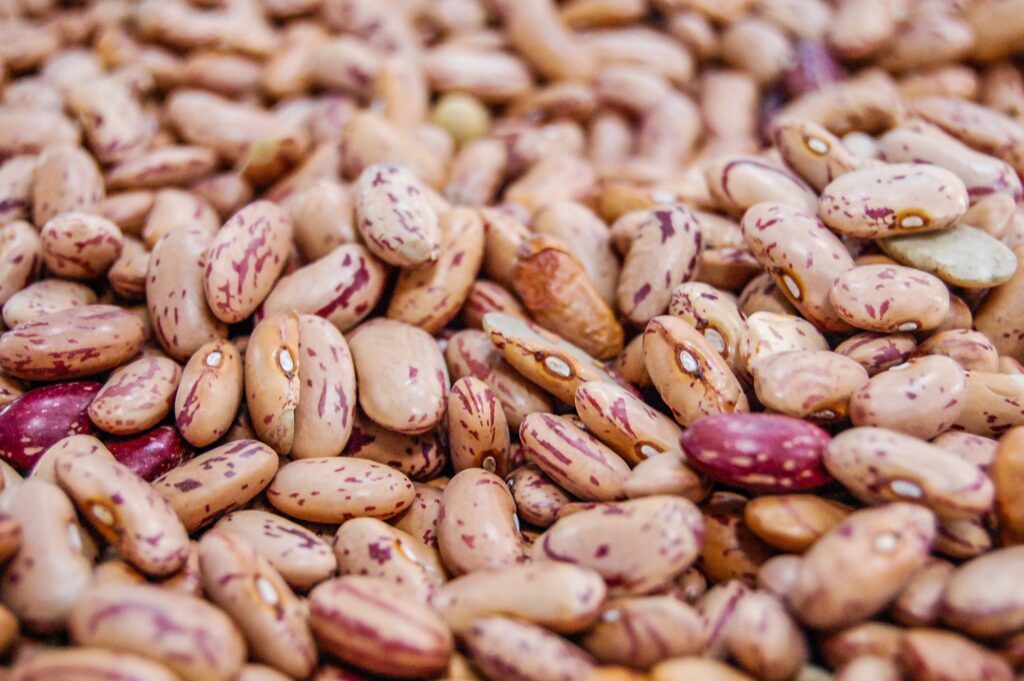It can be said without a doubt that every person is aware of the term ‘nutrient.’ We hear it almost every day from TV commercials to our parents lecturing on healthy food habits, to studying the tables of nutritional values of foods in the science class. But nature always tends to balance things out and create paradoxes. In comes the ‘antinutrients’ that, as you might have guessed, work almost in the opposite way of nutrients.
These are synthetic compounds that are mostly found in crop plants and work by obstructing the absorption of nutrients in your body. They usually help the species they originate in but tend to negatively affect those who consume them further down the food chain. For instance, cyanogenic glycosides, that are present in cassava. Working to dissuade herbivores and combat pests, these compounds help plants and are relatively nontoxic. But if one consumes the plants by chewing them, enzymes release hydrogen cyanide which is a very dangerous chemical compound, leading to disastrous consequences. Getting in the way of digestive enzymes is one of their working mechanisms that disrupt the normal absorption in the living system.
According to A. Venket Rao, Ph.D., professor emeritus from the department of nutritional sciences at the University of Toronto, who has worked on and studied compounds in plant foods, “… fruits contain seeds for the purpose of propagation of their species. However, if birds and animals were to eat the fruits containing the seeds and digest them to obtain additional nutrients and calories, then there will be no seeds left for the continuation of the plant species. So, they make compounds that are so bitter that birds and animals discard them while consuming the fruits. Some of these compounds may also prevent the activity of the digestive enzymes so that even if the seeds are consumed, they are excreted without altering their physiology.”

Antinutrients are present in several foods, including legumes, beans, grains, nuts, etc. There are many seed food that also contains antinutrients such as phytic acid, leptins, and saponins where they are mainly used as a defense mechanism, as mentioned above. The tight binding with vitamins and minerals renders them unabsorbable. These are also present in the roots of plants, leaves, and fruits but in a very low concentration that is likely to have more benefits than detriments.
Although a few of them have certain benefits, most have unfavorable effects. Here are a few antinutrients that should preferably be avoided in one’s diet.
Gluten
Gluten is infamous as a plant protein difficult to digest that causes gastrointestinal complications. It is an enzyme inhibitor that also induces allergic reactions and autoimmune diseases, etc. The sensitivity associated with this protein is classified as classic symptoms/adverse reactions to foods like wheat, rye, and barley. The severe form is called celiac disease, but gluten can also cause mild issues such as headaches, fatigue, joint pain, etc.
Phytate or Phytic Acid
This compound is present in grains and legumes and hinders the integration of minerals in the human body, including copper, iron, zinc, calcium, etc. Research has suggested that around 80 percent of phosphorus in high-phosphorus foods like sunflower seeds or pumpkin can be interfered with and blocked by phytate. The same goes for foods that are rich in magnesium or zinc. Not only that, but it also meddles with the absorption of iron and calcium, which can cause anemic issues and loss in bone density, and with essential digestive enzymes. Consumption of foods that have high amounts of Vitamin C or Vitamin A can compensate for iron deficiency. But, even with sinister effects, phytates have been associated with enhancing immune functions and antioxidant properties.
Lectins
Lectins are present in high amounts in beans and wheat, causing bloating and indigestion. Importantly, they can survive digestion by the gastrointestinal tract and have the ability to harm the membranes of the epithelium lining and provoke autoimmune reactions by interfering with the bacterial flora. Raw grains that have been prepared improperly contain high levels of lectin. But, instead of cutting them out of your diet, you can reduce their content in the foods by preparing them properly, such as “soaking and sprouting grains and seeds” or through “fermentation.” Research has suggested that lectins may help in reducing the risk of several diseases such as diabetes, obesity, cardiovascular disorders, etc. Scientists are figuring out ways to understand more about the health-promoting effects of these antinutrients.

Isoflavones
This polyphenolic is present in increased amounts in soybeans that can contribute towards disturbance in hormone levels and digestive issues. If beans are prepared in a proper manner, isoflavones can be advantageous in smaller doses, but it’s still not recommended. Because of their estrogen-like effects, these compounds are classified as phytoestrogens and endocrine disruptors.
Tannins
Tannins are inhibitors of enzymes and cause improper digestion, GIT issues, and protein deficiency. Enzymes play a crucial role in metabolizing the food we consume and help provide nourishment to reach our cells. If they aren’t working correctly, metabolism is severely affected, leading to diarrhea, constipation, bloating, etc. Positively, in low concentrations, tannins work as antioxidants that can inhibit the growth of several microorganisms and may also help to reduce blood pressure.
Even though they have some evil properties, they can be useful if consumed in safe small amounts. It is also thought that they might get an image makeover like dietary fibers, but extensive research is required to accept this claim. Nevertheless, we should always be cautious of what we are putting in our bodies and adjust our diet to our needs.
Also Read: FOOD TRENDS IN SOUTH ASIA

Maham Maqsood is a science communicator and co-founder at Scientia Pakistan. She is currently doing Masters in Biochemistry at the Middle East Technical University, Turkey. She has over five years of experience in science communication and outreach, collaborating with researchers, educators, and communicators to develop effective strategies and content for various platforms and events.

